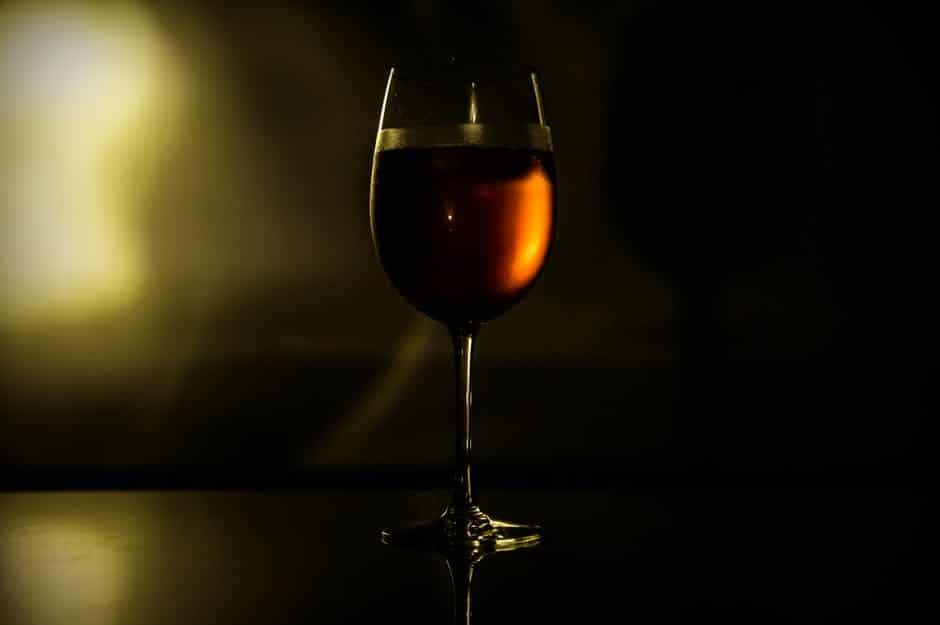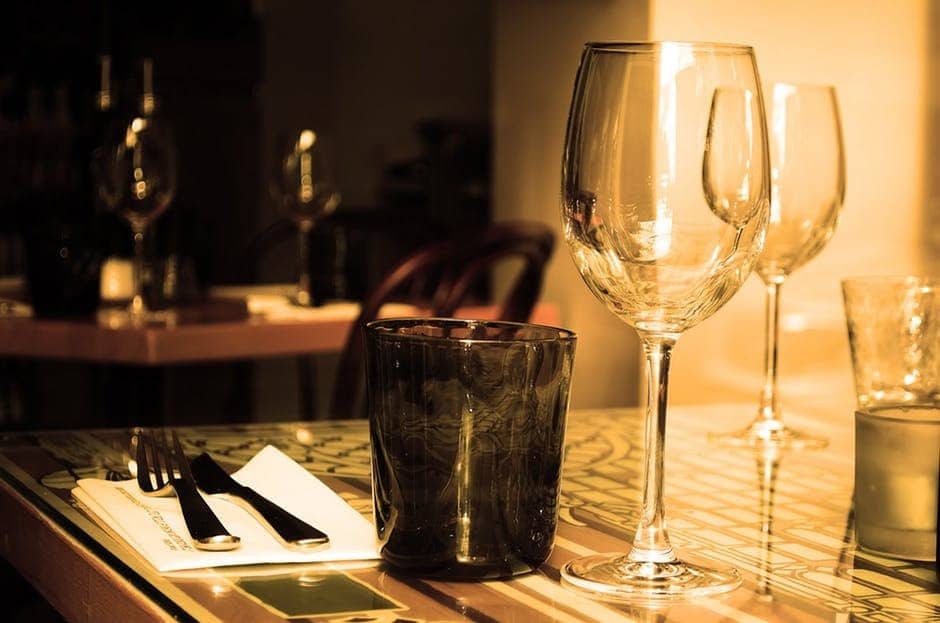How to Host a Wine Tasting Party
It has become a trend among collectors to have a tasting area within their wine cellar. This is because those who have tasted the wonders of wine are inclined to share their experience with their significant others. If you’re into wine and you’re wondering how to host a tasting party for your friends and family, this article can help you.
Wine Tasting Parties – A Great Way to Bond with Loved Ones
Your wine cellar is filled with a collection of vinos from different regions. You consider each bottle a gem, that’s why you’ve invested a lot of money in making sure that they’re stored safely and aging properly. Although you could choose to enjoy them all by yourself, you realize that the best things in life are better experienced when shared. This is why you want to host a tasting party.
Attending commercial wine tasting events can also be very intimidating. There usually is a sommelier breathing over your shoulder, making comments about your pronunciations. Holding your own wine tasting for your friends and family is a great way to learn about wine in a comfortable and less intimidating setup.
The following are the steps to hosting your very own wine tasting party:
1. Pick a Theme

There is no limit to your creativity when it comes to planning for tasting themes. The important thing to remember when choosing a theme is that it should have an underlying similarity that will tie all the wines you’ll be serving. This could mean similar region, vintage, grape variety, etc.
Horizontal Wine Tasting Themes
This kind of tasting involves wines from the same region and year but from different wineries. Horizontal wine tasting parties are common when a new vintage is released. Your friends and family can compare each wine bottle, and find out which winemaker did well in a particular year and who did not.
Vertical Wine Tasting Themes
Vertical wine tastings, on the other hand, involve comparing various vintages of wine from the same winery. Since the wines are made from the same vineyards, the only variable to compare each wine with is the weather. In this kind of tasting, you and your guests can observe the effects that the weather of a certain year can have on wine.
2. Prepare a Budget

You can keep the expenses at a minimum by serving wines of different price points. This is a good way to debunk the common misconception that costly wines are synonymous with quality wines. In a blind tasting, for example, when wine labels are covered and guests have no idea what wines are being served, you’ll be surprised at how your tasters will enjoy a $10 Spanish red.
Splitting the costs of wines among your guests can also be an option to consider, in order to avoid spending beyond your budget.
 3. Choose the Wines to Feature
3. Choose the Wines to Feature
Ideally, you should limit the featured wines in your tasting party to five or six bottles. You want to give your guests time to appreciate each wine you serve. If you have more than six bottles, your tasters will tend to lose focus.
4. Prepare the Bare Necessities
You need to prepare the items that you and your guests will need during your tasting event. Number one on that list is water. Alcohol dehydrates the body and this is why we suffer from a hangover in the morning after having too much wine. Keep your friends and family hydrated, so they still want to attend your future tasting parties!
Spittoons and dump buckets are necessary too! Experienced wine tasters keep themselves sober taking sips of wine only and spitting them, in order to focus on the vino.

Although it’s not necessary, food can be a good asset to your tasting party. If you do decide to have food served during your wine tasting event, consider serving an assortment of munchies that loosely pair with the featured wines. Other options include fruits, cheese, crackers, and chocolates.
Provide pieces of paper and pens for your guests, so that they can write down their notes on each wine they try. After having tried all the wines presented, allow time for everyone to share their thoughts and observations about each wine.
In most states, three glasses of wine in an hour for men, or two for women, is at or above the legal limit. Keep your pours to three ounces or less. You want to keep your guests sober because the best wine tastings are intelligent and engaging parties.









